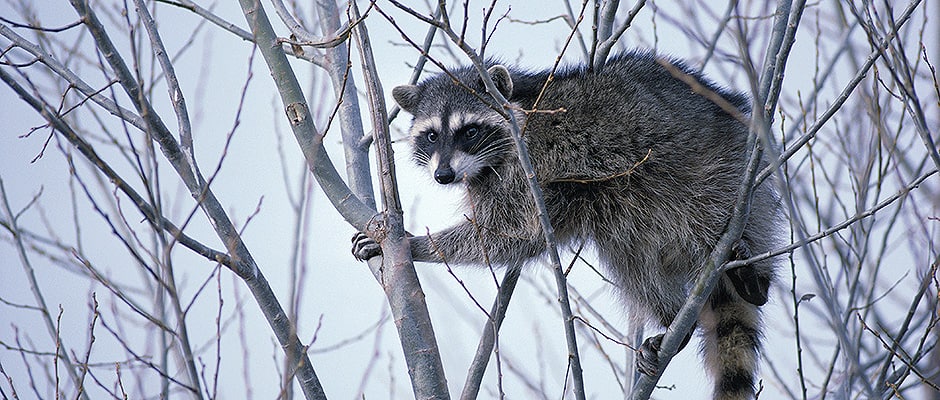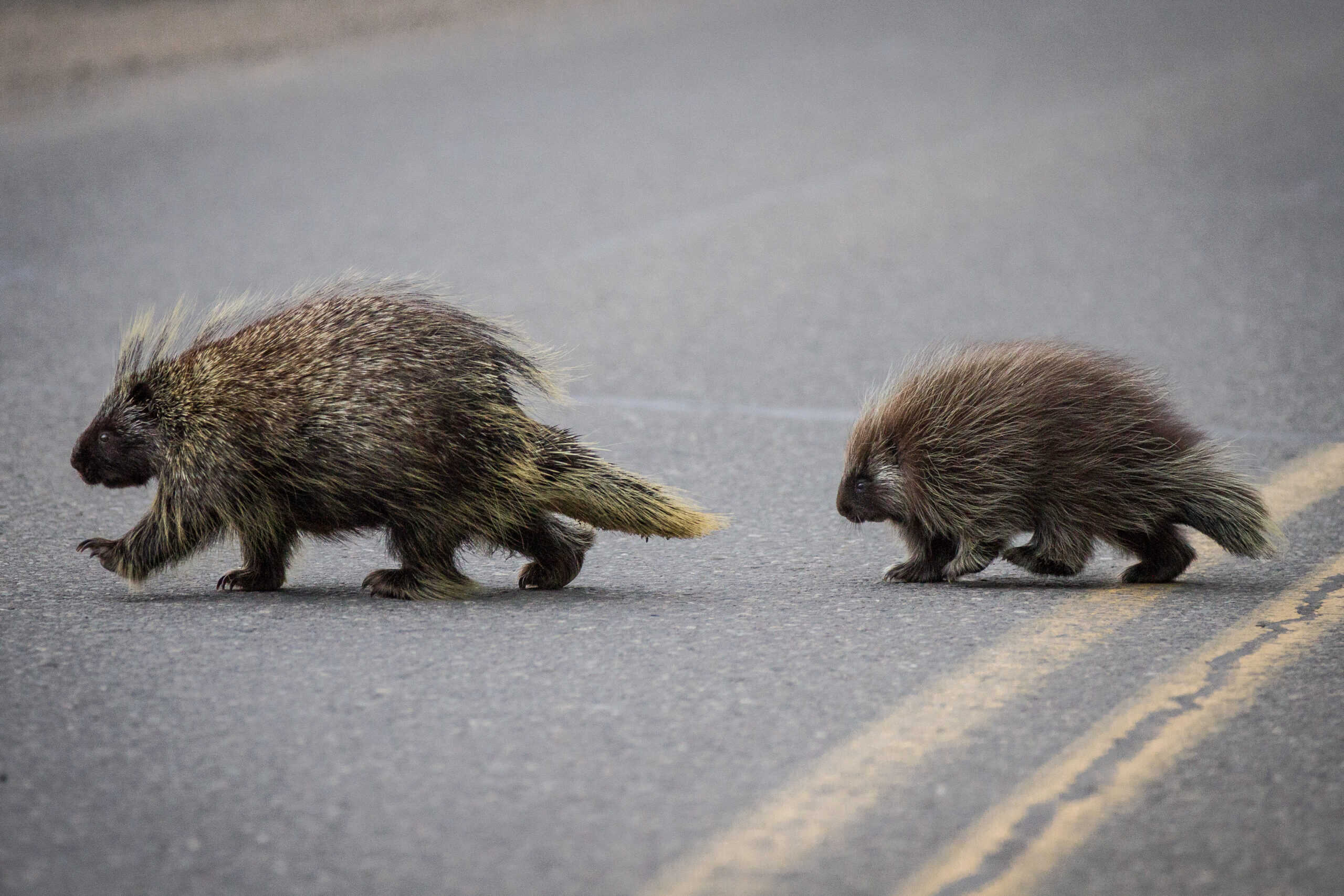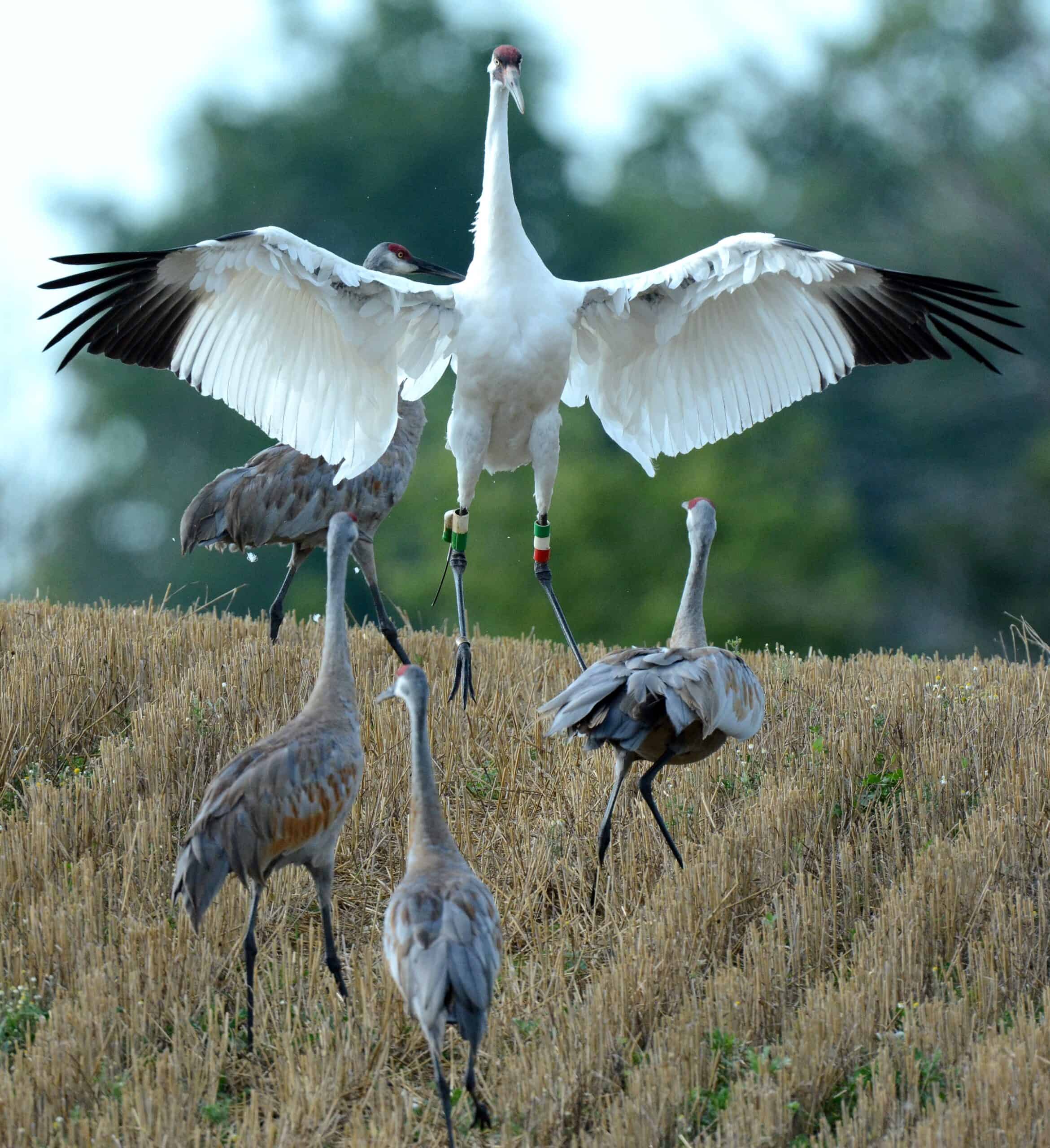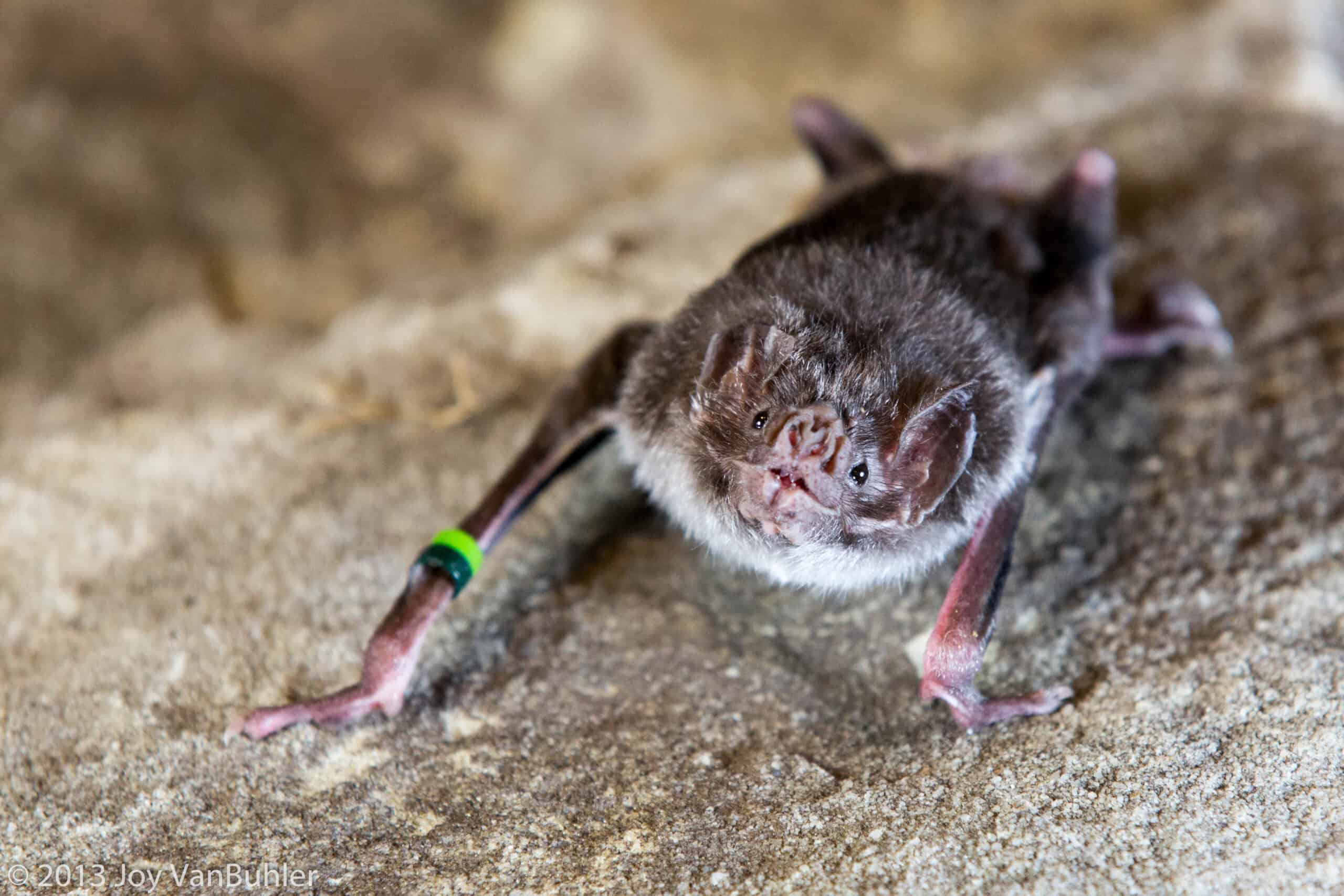Share this article
Human-Provided Food’s Impact on Urban Wildlife
Ever wonder how leftover cat food or spilled birdseed disappears from your backyard overnight? You know the intended recipients didn’t touch it, but something else has taken advantage of the spoils.
To better understand the impacts of human-provided food to wildlife, researchers at Northern Arizona University, partnered with USDA Wildlife Services biologists in Arizona, to study and quantify how often mesocarnivores, such as skunks, raccoons and domestic cats, visit food sources intended for other species.
Such information is useful to Wildlife Services and its efforts to limit the transmission of rabies and other diseases between domestic and wild animals and among wildlife.
Led by Dr. Tad C. Theimer of the university’s biological sciences department, the research looked at two common urban food sources: bird seed spilled from birdfeeders and cat food in bowls often supplied for domestic or feral cats. Motion-activated video cameras allowed monitoring of backyard bird feeders with spilled seed and, at other times, with bowls of commercial cat food. After cat food was added to a site, the number of visits by striped skunks, raccoons and domestic cats doubled. Multiple-animal visits and aggressive interactions among those animals also increased. This was especially true for skunks while in the presence of cat food.
A skunk charging a house cat. A cat food dish was located behind the compost bin.
Several raccoons and a skunk feed below a bird feeder. No cat food is present but this footage shows the kind of visitation that can occur when just bird seed is present.
Increased aggression was seen between skunks when cat food was present, as demonstrated in this video of two skunks fighting.
Again, increased aggression was seen between skunks when cat food was present, as demonstrated in this video of two skunks fighting.
Given the rates of visitation and increased aggressiveness, public education campaigns designed to reduce the spread of diseases such as rabies should emphasize removing and managing these food resources, according to David Bergman, WS director in Arizona and Certified Wildlife Biologist ®.
Additional research in localities with different species and densities of mesocarnivores, and in areas of feral cat colonies, would also provide valuable insights.
Wildlife Services is a Strategic Partner of The Wildlife Society.
Header Image: Image Credit: Dave Menke, USFWS








